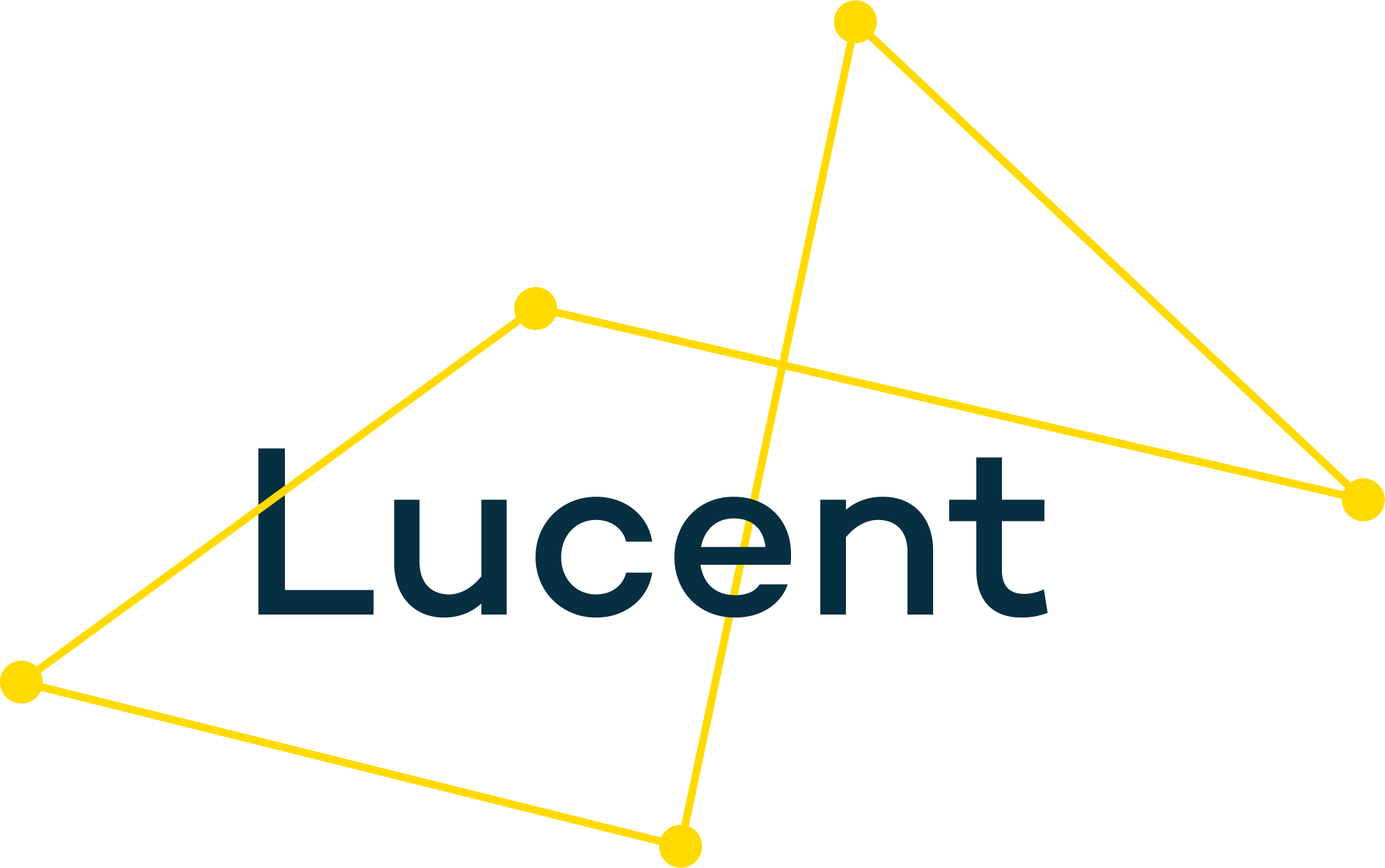The critical role intermediary funders play in supporting social change
…and why keeping the right focus is more important than ever.
If you bring together progressive foundations these days, the discussion will invariably turn to movement building, systems change and the importance of supporting groups that are closest to the communities we are aiming to serve. Intermediary funding organisations – organisations that raise funds and also disburse grants – can play a critical role in enabling all three of these goals. According to Vu Le from Nonprofit AF, “like mycelium, these orgs are vital to the nonprofit field, as they provide several critical functions, including bringing funding to other nonprofits, connecting orgs to one another, disseminating vital information, fostering communication, and mobilizing orgs for advocacy.” Yet, many foundations still view these critical institutions as ‘pass throughs’ or as an unnecessary bureaucratic layer.
Having had the privilege at Lucent of supporting multiple intermediary organisations over the past few years, it’s remarkable the nuanced knowledge and depth of relationships they bring to their fields. While each intermediary has its own mandate and ways of working, many of them are actively trying to shift power to communities, treating their grantees with trust and respect and reducing the barriers to receiving and managing grants. One of our clients referred to their role as “the fundraising arm of our grantee partners” – i.e. the intermediary recognises the expertise of the grantees in delivering life-changing work, and views its own role as bringing more resources to support this work, focusing on cultivating more distant donors, pushing for the greatest possible flexibility and describing the impact that grantees are having, both individually and collectively.
Intermediary organisations are able to expand the reach and access of philanthropy in ways many established foundations cannot. Often, they can get funding to smaller and less established organisations, working around the world in difficult circumstances. Some are testing out new ways of engaging communities in making decisions about where their funding should go. In addition, many intermediaries play an important role in catalysing the field and movement building. Because they have deep and trusted relationships with many different activists and organisations, they can also sometimes spot nascent movements and help them get off the ground.
To do this work effectively, the leaders of intermediary organisations juggle between different roles – shifting from fundraiser to grant-giver, network manager, capacity builder, advocate and field expert – all while keeping a foot in multiple worlds. Many are balancing the tension of raising funds in increasingly constrained environments while trying to disburse these funds with as few strings attached as possible. Intermediaries also worry about keeping their own costs low, to maximise the funding flowing to their grantees.
It’s not surprising that many leaders feel overwhelmed and adrift! Some of these tensions are inherent in the intermediary organisation role. However, we have found three exercises that have been particularly valuable to cut through the noise:
Defining your value proposition for both donor partners and grantee partners and making sure that you are basing these on what the stakeholders are telling you. Often, the assumptions intermediary organisations have about the elements of their work that donors and grantees find most valuable can be wrong, and this often leads to interesting lightbulb moments.
Understanding your place in the wider ecosystem. Oftentimes, intermediary organisations have organically grown over time into their role as experts and network connectors and now play a critical role in maintaining the health and resilience of their sectors. It is important to recognise and nurture this function, especially as it would be almost impossible to replicate by other actors in the field.
Take the time to step back and review which elements of your work are delivering the greatest impact, and what internal infrastructure you need to do this work effectively. Many intermediaries have had to, by necessity, shift and change their approach over time. This can often lead to legacy projects or systems that are weighing the organisation down.
Refocusing on the core purpose of the work, understanding the specific value you bring to your different stakeholders, and reiterating the organisation’s role within your ecosystem allows you to think differently about your strategic choices and priorities. And, in our experience, it liberates leaders and teams to step out of what can feel like endless internal conversations and focus their energy instead on the critical work they do in supporting activists and changemakers.
Interested in finding out more? Get in touch with our team here.
